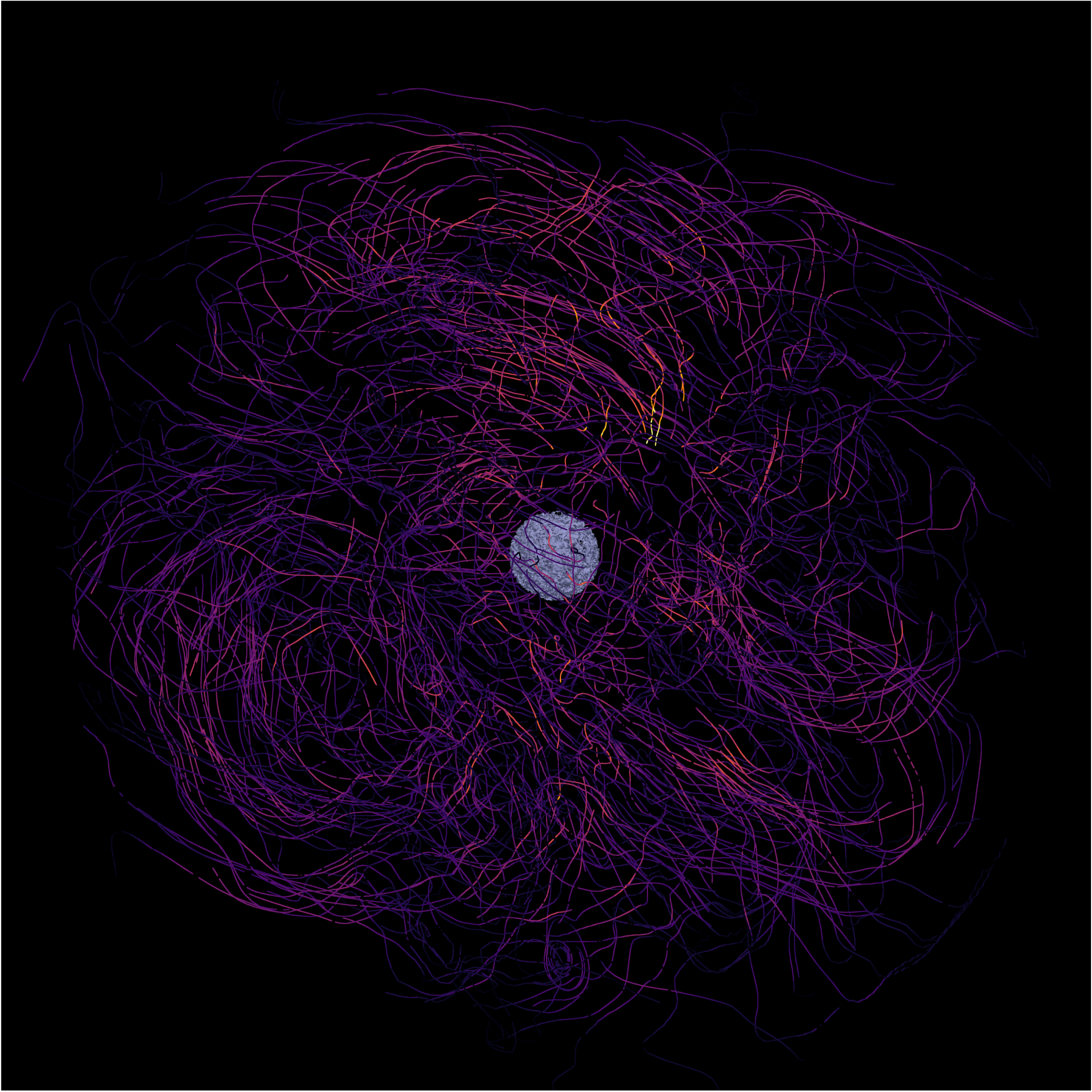Secular mixing processes
Thermohaline Mixing/Double Diffusion Instability:

- The name double diffusion comes from the fact that for the gas parcel to move it has to diffuse thermal energy to its environment (which otherwise would stabilize it), as its different chemical composition also diffuses. This leads to the formation of long "fingers", as you can prove in a kitchen experiment:
Double-diffusive fingers in hot salty water on top of cold fresh water. Credits: M. Cantiello.
